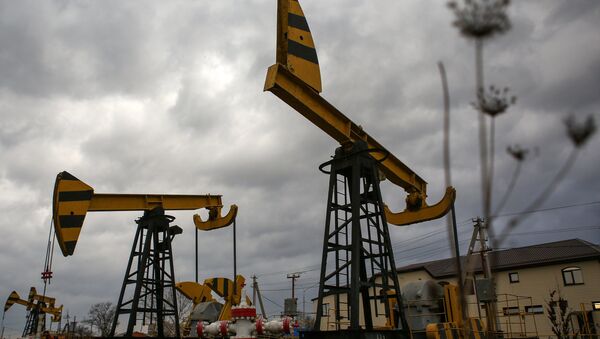"How low the market's floor will be is anybody's guess," said the IEA in its monthly report. "But the selloff is having an impact. A price recovery – barring any major disruption – may not be imminent, but signs are mounting that the tide will turn."
Such a price recovery would be due to cuts in supply, the authors say, since "macroeconomic weakness continues to restrain global oil demand growth." The report forecast growth in demand for 2015 to accelerate by only 900,000 barrels a day to 93.3 million despite the low prices, explaining that the decline in prices is partly down to the drop in demand itself.
The expectations of low demand remain unchanged from the December IEA report, which warned, "The adverse impact of the oil price rout on oil-exporting economies looks likely to offset, if not exceed, the stimulus it could provide for oil importing countries against a backdrop of weak economic growth and low inflation."
On Tuesday the US Energy information Administration (EIA) released its own forecast for 2015, echoing the IEA prediction of 900,000 barrels of demand growth, which will "taper off by the end of the year as non-OPEC supply growth, particularly from the United States, weakens because of lower oil prices." The EIA estimates that in 2014, global oil inventories increased by almost 800,000 barrels per day, the largest rise since 2008.
Friday's report from the IEA, which serves to coordinate energy policy for 29 member countries of the West, gave notice of an uncertain future for the energy market, which it said is "undergoing a historic shift," and identified as "game changers" the OPEC decision to defer to market forces, and the US revolution in shale oil.




